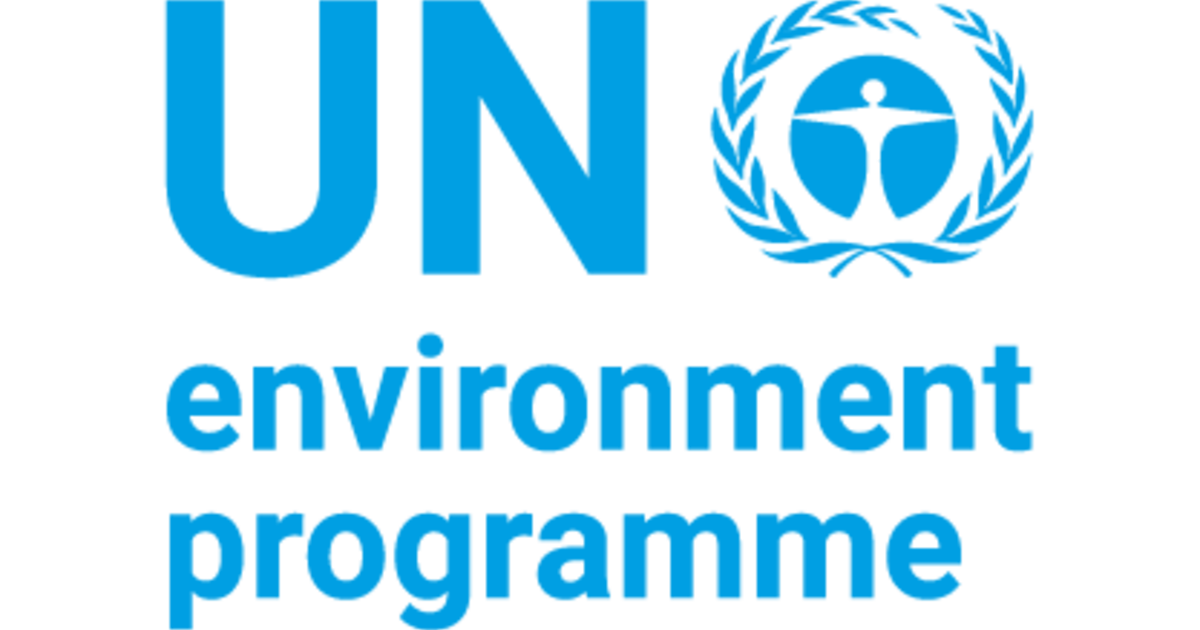Sustainable Infrastructure Navigator
The Sustainable Infrastructure Navigator provides stakeholders with adequate information and tools applicable to different infrastructure sectors and different phases along the infrastructure lifecycle. By developing the Sustainable Infrastructure Tool Navigator, the German Development Cooperation Agency GIZ’s Emerging Markets Sustainability Dialogues (EMSD), jointly with UNEP's PAGE and Sustainable Infrastructure Partnership aims to bring clarity to the infrastructure sustainability arena and thereby increase uptake of innovative infrastructure solutions that meet sustainability principles.
The Sustainable Infrastructure Tool Navigator is designed to help users identify the most relevant tools for their needs and goals. Users can search on the database by keyword or filter by types of tools, sectors and infrastructure lifecycle phases, amongst other things. Detailed information on each tool helps evaluate applicability and relevance for the specific application context. In a nutshell, it promotes sustainable infrastructure that fosters:
- Energy transition
Switching from fossil fuel-based energy systems to renewable generation is essential for reducing the carbon footprint of infrastructure.
- Gender sensitivity
Considering and addressing different gender needs for infrastructure services not only improves social wellbeing and gender equality, but also facilitates women’s economic participation.
- Integrated planning
Using an integrated planning approach across multiple federal ministries to coordinate infrastructure development creates synergies and maximizes efficiency and affordability, stakeholder input, social equity, and service delivery.
- Circular economy
Integrating circular economy principles into planning processes and construction regulations helps reduce the resource footprint of infrastructure itself and eliminate waste.
- Investments in natural infrastructure
Protecting and restoring the natural environment provides services such as flood protection, water filtration, or carbon sequestration more cheaply than engineered solutions.

Item Assessment information
Needs addressed
- Developing strong governance and policies
- Scaling sustainable and circular business models
- Adopting SCP norms, technologies and practices
Leaving no one behind
- Addressing SCP needs of the national population (including vulnerable groups)
- Promoting equal women/men participation and development with SCP
- Enhancing SCP practices and collaboration between key stakeholders (public and private)
Applicability
- Tested
- Implemented
- Evaluated Proof of Concept
- Applicable multiple countries
Organizations


-
12.1
-
12.2
-
12.3
-
12.4
-
12.5
-
12.6
-
12.7
-
12.8
-
12.a
-
12.b
-
12.c
How does the tool make an impact on SDG12?
It covers all SDG12 targets since the Navigator covers cross-cutting themes that make an impact on natural resources, waste from different sources and energy efficiency. It also features public procurement solutions that foster sustainability in infrastructure, through environmentally sound technologies and solutions. Sustainable infrastructure aims also at addressing sustainable solutions for tourism, especially by protecting and restoring natural assets.
All SDG targets 12.1 - Policy
12.2 - Natural Resources
12.3 - Food Loss & Waste
12.4 - Chemicals & Waste
12.5 - Reduce Waste
12.6 - Sustainability reporting (businesses)
12.7 - Public Procurement
12.8 - Lifestyles / Education
12.a - Environmentally sounds technologies
12.b - Tourism
12.c - Fossil Fuel subsidies
How does the tool make an impact across SDGs?
Infrastructure is the backbone upon which our lives, societies and economies function. Roads and rails bring people to work and school; pipelines convey water from rivers and reservoirs to homes and factories; electricity grids link energy producers to consumers; and cables and computers transmit electrons at the speed of light allowing people to communicate instantly from thousands of kilometers away. Infrastructure is everywhere, but its business-as-usual development has had a profound and devastating impact on the planet. There is an urgent need to invest in more sustainable infrastructure to meet societies’ needs and deliver on the Sustainable Development Goals and the Paris Climate Agreement. Therefore, the Sustainable Infrastructure Navigator and the tools promoted for implementation can support all global goals, with more direct impact on SDG6, SDG7, SDG8, SDG9, SDG11, SDG13 and SDG17